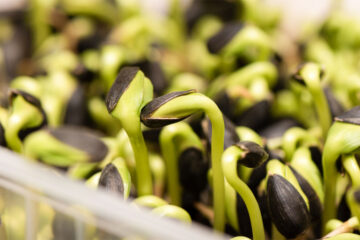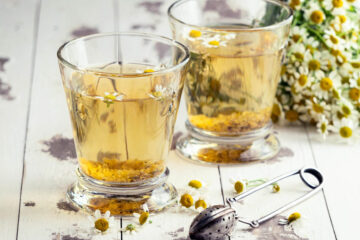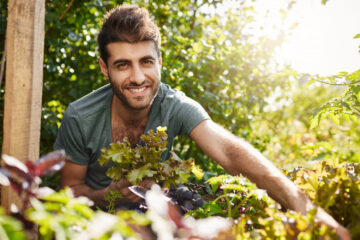People of all ages may enjoy the summertime hobby of patio gardening. It not only enables you to go outdoors and take in the fresh air, but it also enables you to cultivate in a tiny area. Why not try growing some plants in a container this summer if you’re looking for a hobby to keep you occupied? We will talk about 8 plants in this blog article that are excellent for container gardening!
1. Strawberry
Due to their small size, strawberries are a fantastic fruit to grow in pots. Even hanging baskets are an option for growing them! Additionally, strawberries need little maintenance and are a good source of vitamins and antioxidants.
You will need the following items to grow strawberries in a container:
– A pot that is at least 12 inches in diameter and has drainage holes
– Strawberry bushes
– Soil for planting; compost; or manure
– A sprinkler-attached water container or hose
Put potting soil, compost, or manure in your container and place your strawberry plants there. Ample space must be left at the pot’s top for watering. Dig a hole in the ground and put your strawberry plant there when you’ve finished. Backfill the hole gently with dirt, then thoroughly water it.
Regular watering of your strawberry plants is necessary, particularly in hot weather. Make careful to examine the soil and water routinely as required. Mulch may also be added on top to keep moisture in place.
Check your strawberries regularly until it’s time to pick them to prevent overripeness. Simply twist or clip them off the plant once they are mature. Enjoy the tasty strawberries that you grew yourself!
2. Tomatoes
Tomatoes are a traditional patio plant that does well in pots. Select a determinate cultivar so the plant remains compact and needs less trimming. Pick a location that receives six to eight hours of sunlight each day.

If it’s very hot and dry, water your tomato plants more often or once a day. Make sure to fertilize them with a water-soluble fertilizer every two weeks.
Wait till the fruit is completely ripe before carefully twisting it off the stem to pick. Pruning shears may be used to cut the stem. Use your fresh tomatoes by eating them raw or in salads and sandwiches.
3. Cucumbers
Because they don’t need a lot of areas, cucumbers are a fantastic option for container gardening. Additionally, they have the propensity to spread, so choose a container at least 12 inches wide.
Fill your container with potting soil and create a tiny finger-sized depression in the earth to plant your cucumber seeds. In the depression, plant one or two seeds and then softly cover them with dirt. Water wisely.
Regular watering of your cucumber plants is necessary, particularly in hot weather. Make careful to examine the soil and water routinely as required. Mulch may also be added on top to keep moisture in place.
When it’s time to harvest your cucumbers, wait until they are a rich shade of green, then use a sharp knife to cut them from the vine. Enjoy them straight from the fridge, on sandwiches, or in salads!
4. Peppers
Peppers are a must-have in your container garden if you like spiciness! Peppers come in a wide variety, allowing you to choose the amount of heat that is ideal for you. Try a bell pepper if you’re unsure where to begin since they are mild and adaptable.
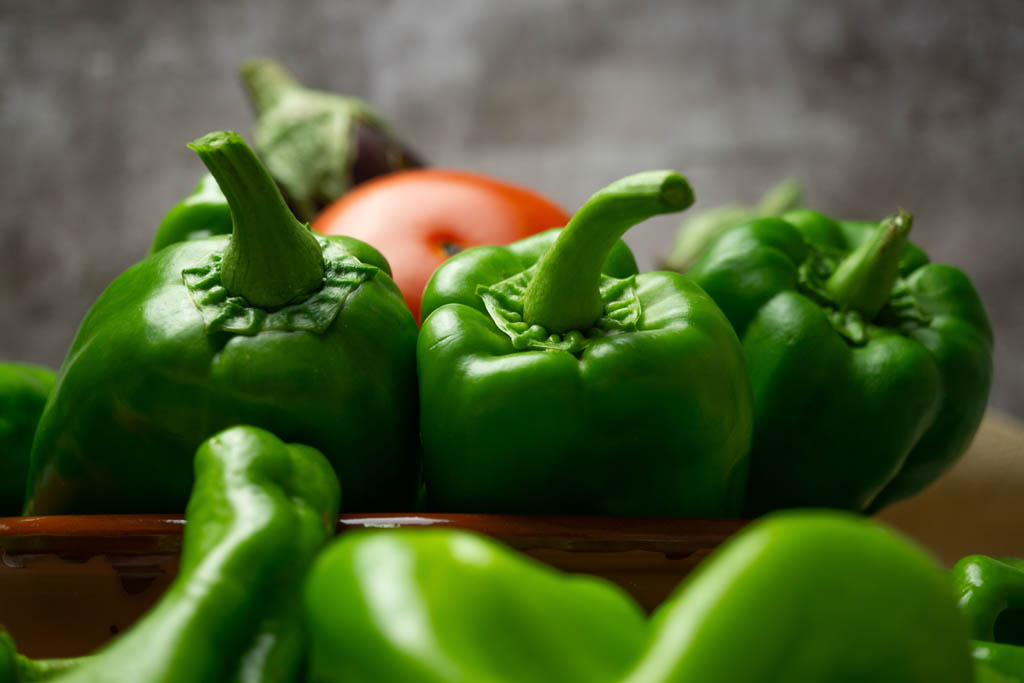
Start with a seedling or small plant from your neighborhood nursery to cultivate peppers. Choose a container at least 12 inches wide and deep since peppers need full light, and well-drained soil. Drink plenty of water, particularly in the scorching summer. To maintain your plants healthily and productively, fertilize every few weeks using a balanced fertilizer.
When peppers are solid and ripe, which usually occurs 60 to 90 days after planting, they are ready to be harvested. To avoid damaging the stem, carefully cut the peppers off the plant. Use the peppers you’ve grown in salads, sandwiches, and other culinary foods.
5. Eggplants
Make sure to choose a location on your patio or balcony that receives enough sunshine for your eggplants since they need full sun and well-drained soil. When it’s hot outside, water eggplants often and fertilize them every few weeks.
When eggplant is deep purple and somewhat tender to the touch, it is ready to be harvested. With a sharp knife and with caution, remove them from the plant.
Eat your homegrown eggplants grilled with a little salt and olive oil or in recipes like ratatouille or eggplant parmesan. Your palate will appreciate it!
6. Melons
Another excellent fruit to grow in pots on your balcony or patio is melons. Make sure you have a big container for them since they take up a lot of room. Melons need full light and soil that drains well. Keep an eye on them and water them often since watermelons need a lot of water.
Melons are a terrific summertime activity if you have the room!
Start with seeds or seedlings for planting melons. They should be planted in soil that is well-drained and sunny. Melons should be frequently watered and fertilized every few weeks. You may need to support the fruits as they grow to prevent the stem from breaking.
When the melon is ripe, harvest it. When the stem comes off easily, and the bottom of the melon is yellow, the watermelon is ripe. It is ripe when a muskmelon smells sweet and has slightly wrinkled skin.
7. Blueberries
As long as the pots have drainage holes and are large enough to fit the roots, blueberries may be planted in them.
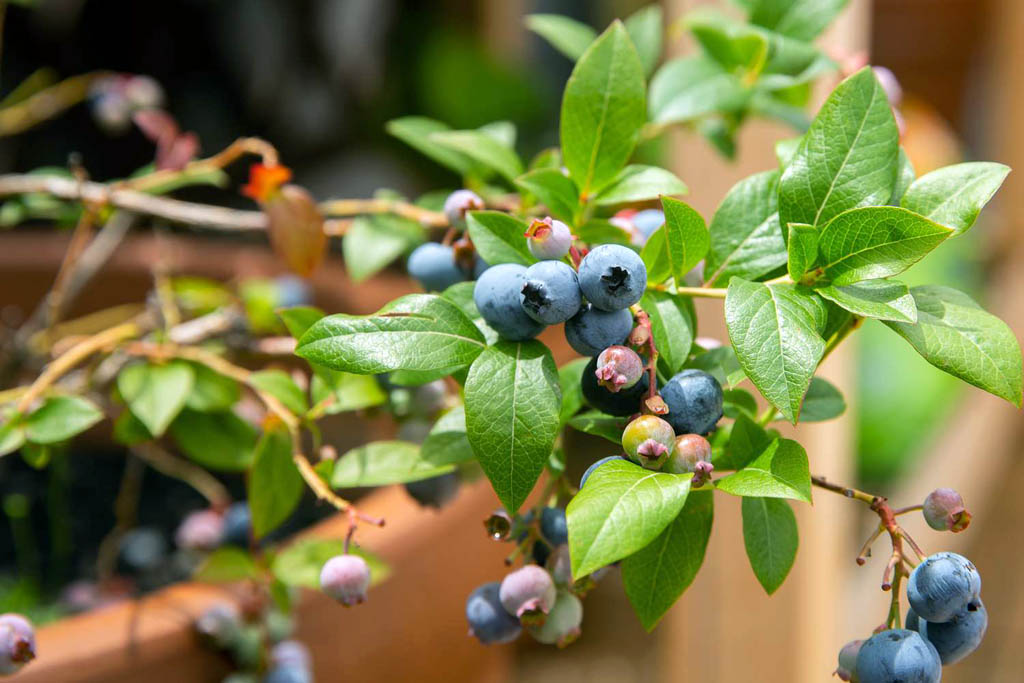
Blueberry bushes need whole light and soil that drains well. Water your blueberry bushes often, particularly in the scorching summer. To assist the plant in retaining moisture, add a layer of mulch around the base.
Eat your fresh blueberries straight, or use them in pies and cobblers.
8. Raspberries
Another fruit that grows well in containers is raspberries. Raspberries are ideal for beginning gardeners since they are hardy and tolerant of various environments.
Raspberries are among the most adaptable fruits since they can be used in so many different dishes. They are an excellent addition to any home garden, whether you want to create raspberry pie or simply eat a few fresh berries.
Plant to process:
You’ll need a pot at least 12 inches wide and 18 inches deep to grow raspberries in a container. After filling it with a premium potting mix, the raspberry plant should be positioned in the middle of the container. Backfill the area surrounding the plant gently, carefully protecting the roots. Put the plant in a sunny area and give it plenty of water.
To promote blossoming, treat raspberries every two weeks with a high-phosphorus fertilizer. You may consume fresh berries or incorporate them into your favorite dishes as they mature.
The conclusion
Fruits like strawberries, blueberries, raspberries, and blackberries are excellent candidates for patio or balcony container gardening. Always make sure the pot you purchase has drainage holes and is large enough for the roots. Regularly water your plants, and fertilize them once every several weeks. Fresh berries are delicious on their own or in your favorite dishes.


